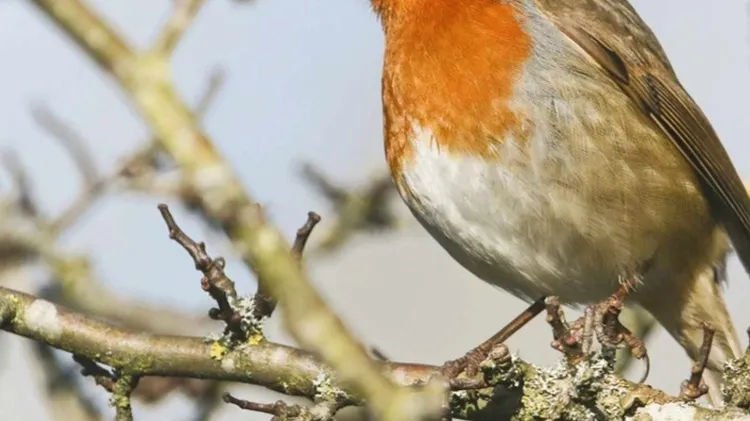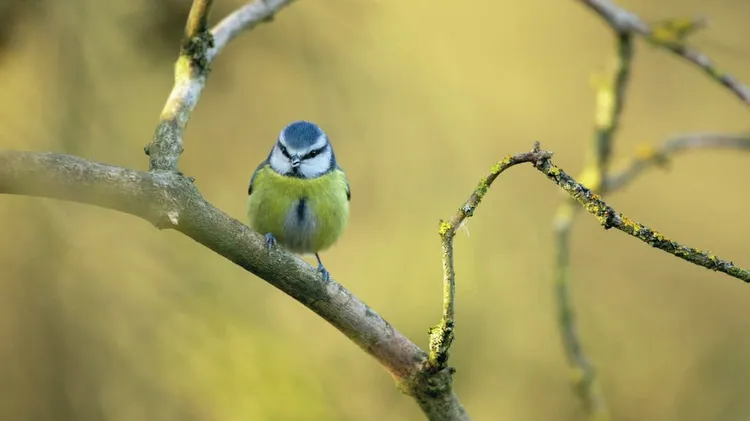Water plays a crucial role in the garden, and not only for plants. Arit
Something in the water
6 min read
This article is from...
Read this article and 8000+ more magazines and newspapers on Readly






